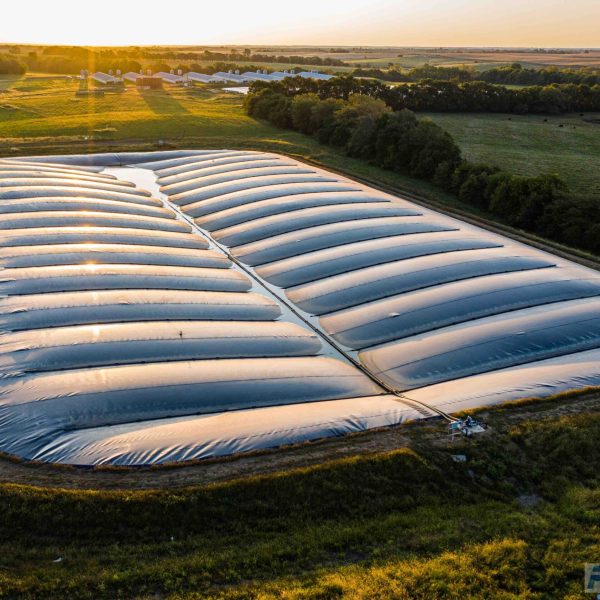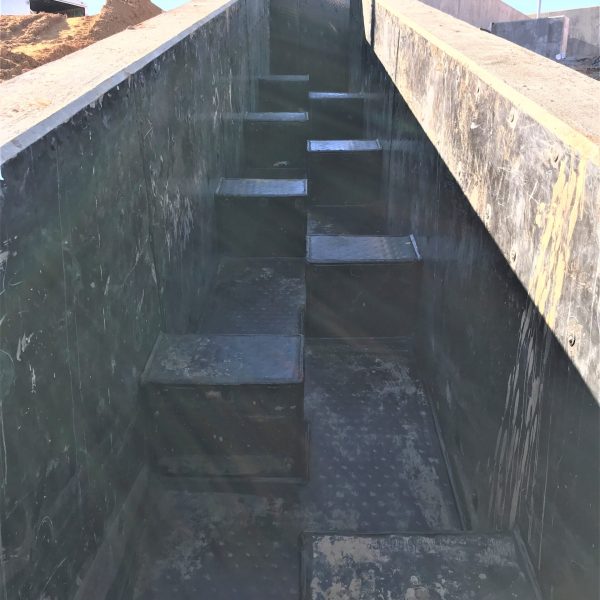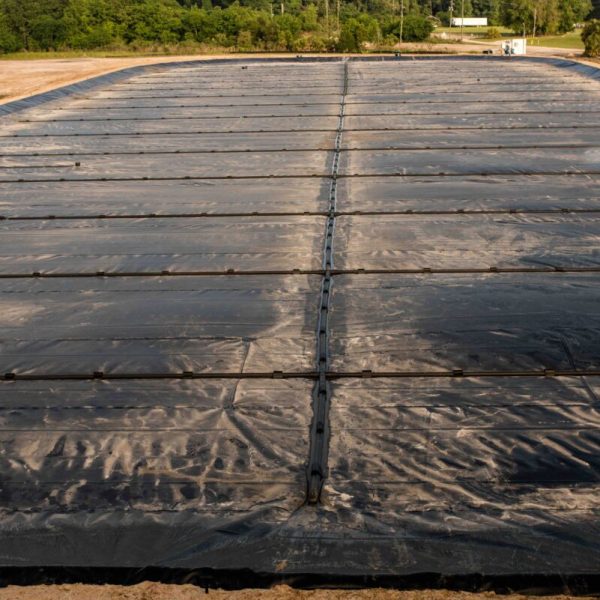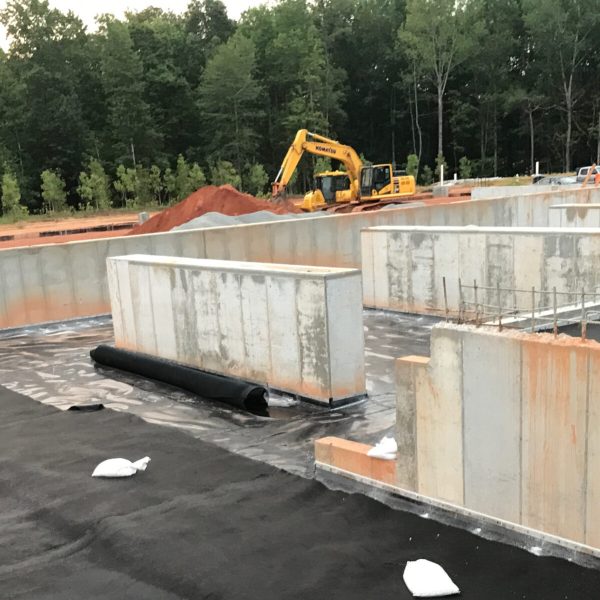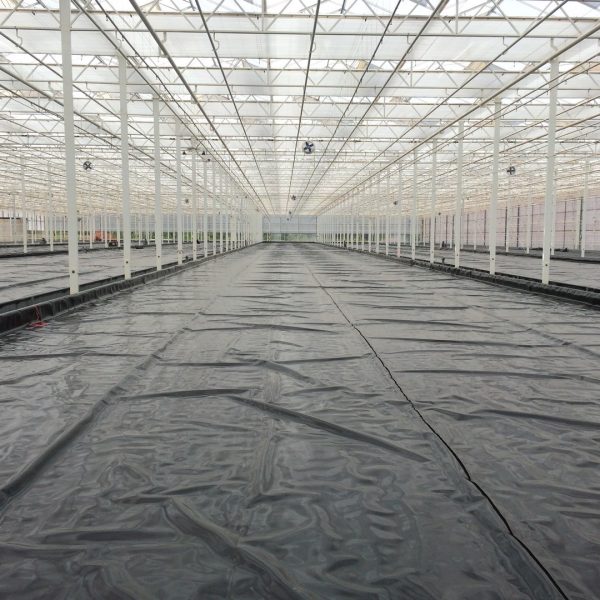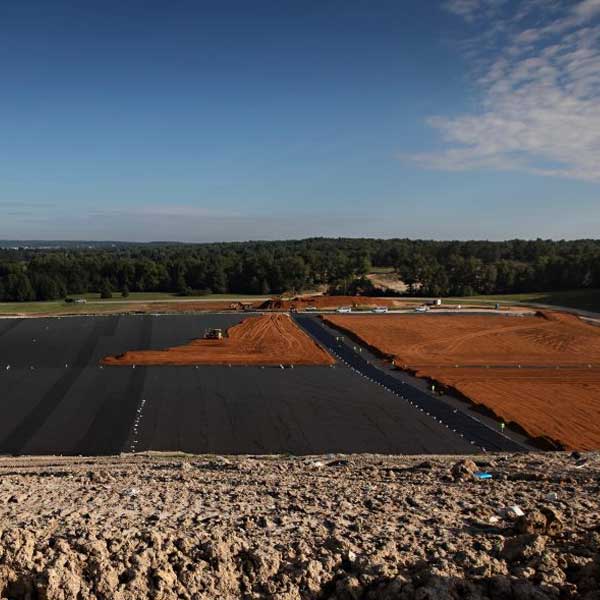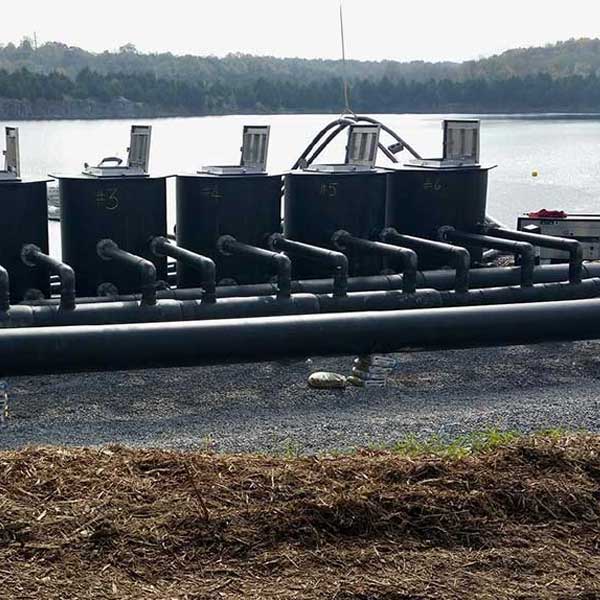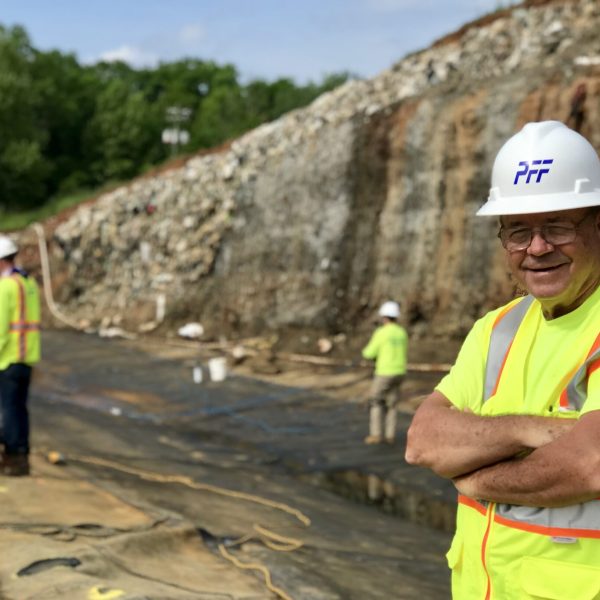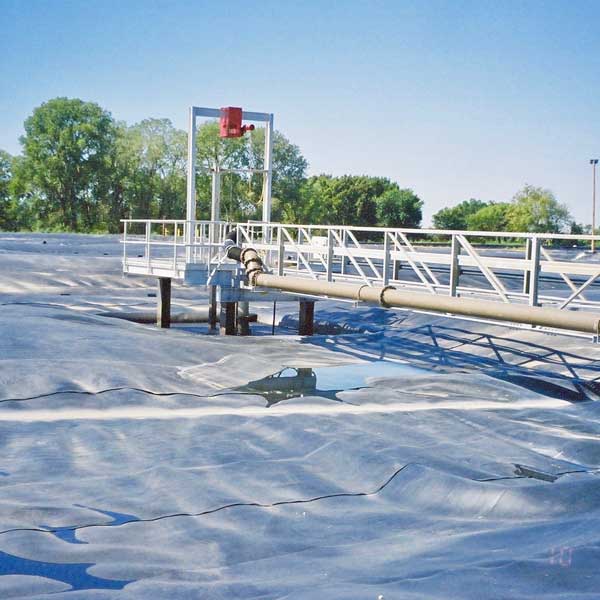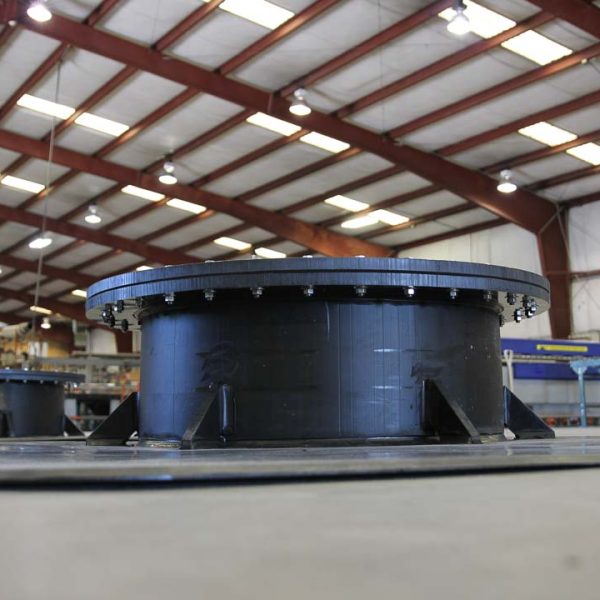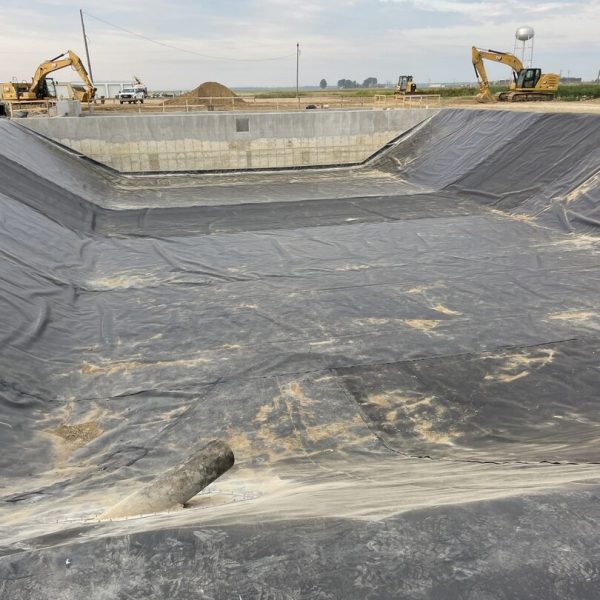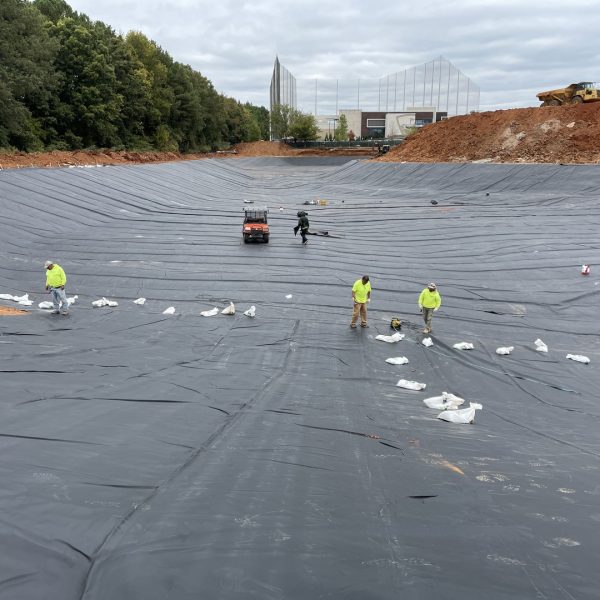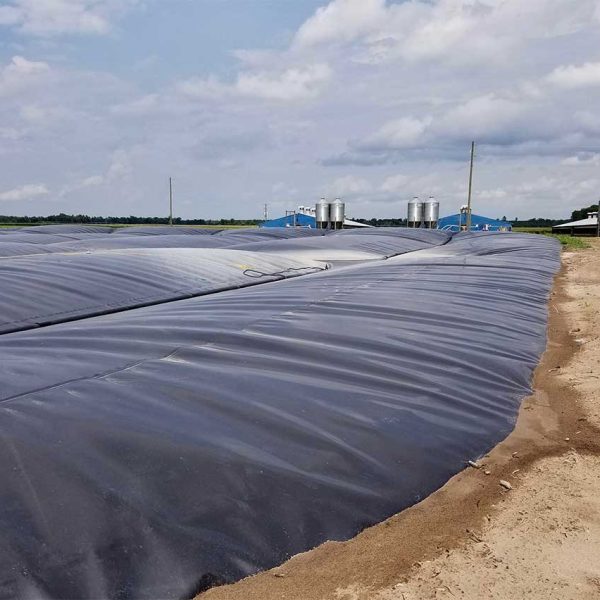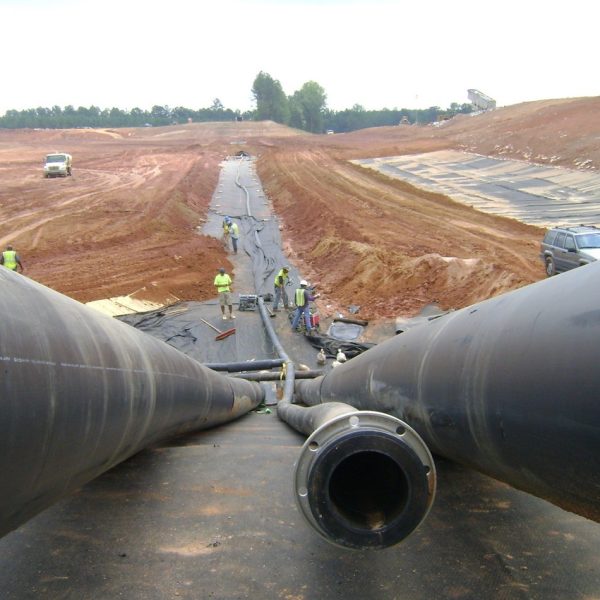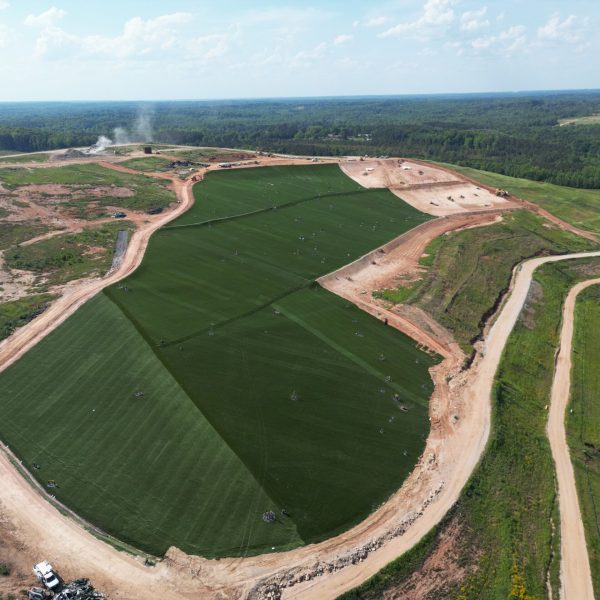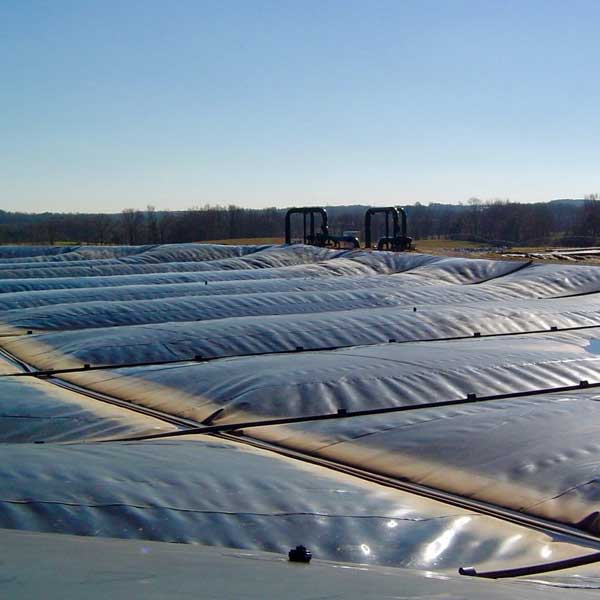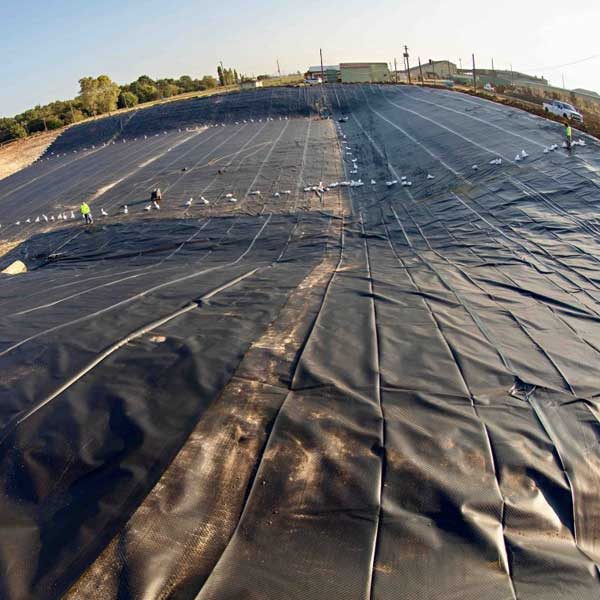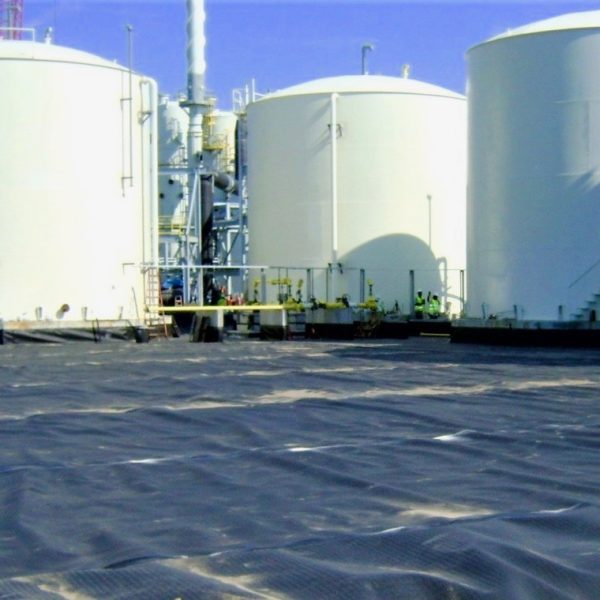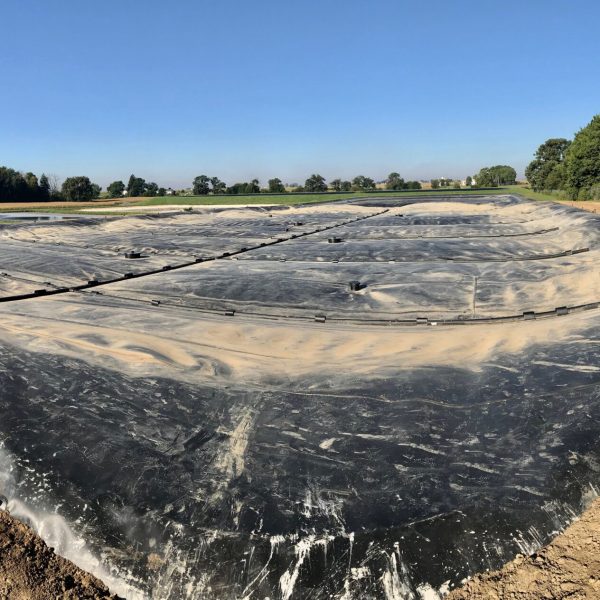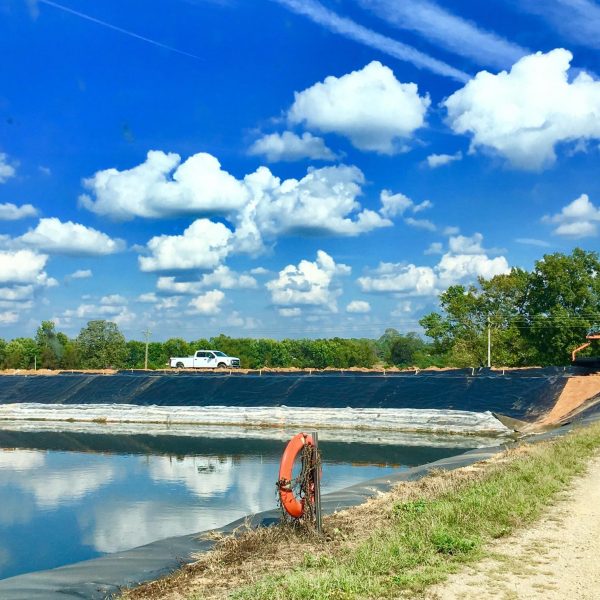Canal Liner Installer
CONTACT NOW FOR FREE CONSULTATION

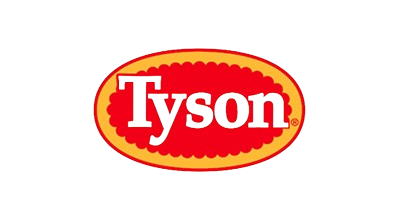
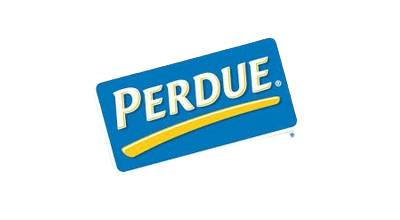
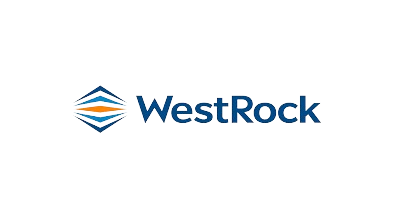

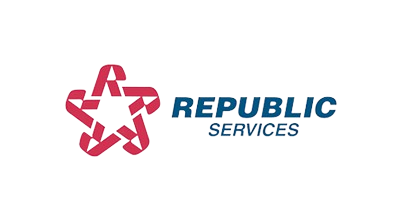
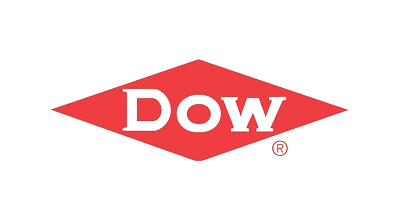



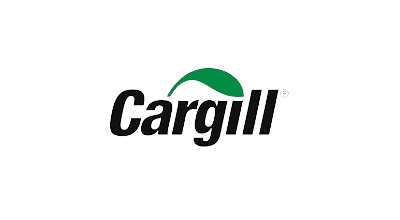

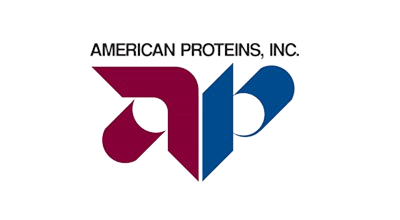





Liner Systems
Plastic Fusion has been installing geosynthetic containment systems for more than 40 years.
Concrete Protective Liners
Plastic Fusion is a leader in the installation of concrete protective liners in industrial tanks and storage facilities, wastewater treatment tanks, and chemical processing plants.
Anaerobic Digester Covers
We design and install HDPE cover systems for anaerobic digesters and are a pioneer in anaerobic digester lagoons for biogas collection and conversion to Renewable Natural Gas (RNG).
Piping Systems
Our custom fabricated piping systems meet even the toughest handling requirements. Materials offer long-term chemical resistance and environmental containment.
Canal Liner Installer
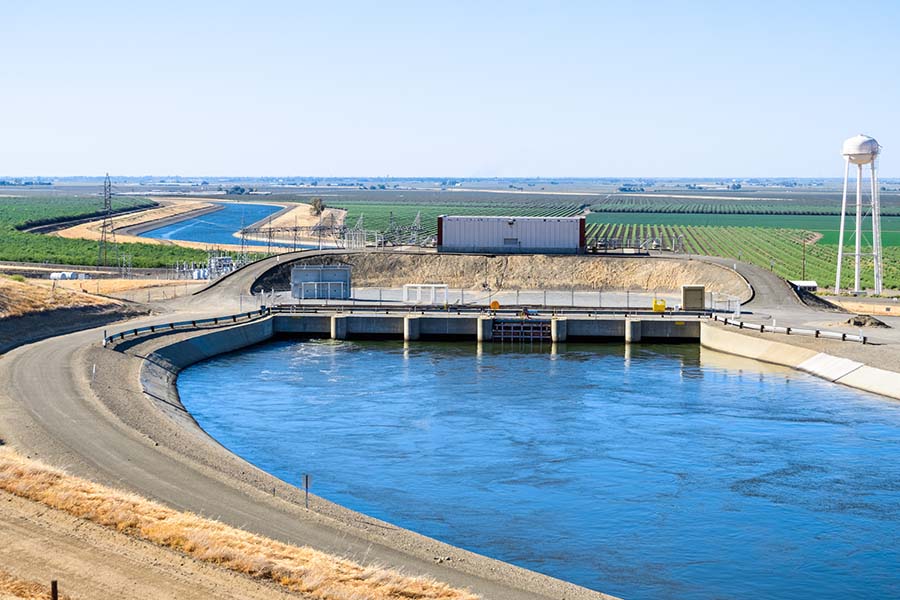
Read more
What is canal lining?
Canal lining is the process of installing a protective barrier, typically made of materials like HDPE, LLDPE, or concrete, along the bed and sides of a canal. This lining helps prevent water from seeping into the ground, ensuring efficient water flow and reducing water loss in irrigation and drainage systems.
Why is canal lining important?
Canal lining is crucial for preventing water loss through seepage, which can lead to inefficient irrigation and higher costs. By installing a liner, you improve water conservation, reduce soil erosion, and enhance the overall efficiency of your irrigation system.
What materials are used for canal lining?
Common materials for canal lining include High-Density Polyethylene (HDPE), linear low-density polyethylene (LLDPE), Ethylene Propylene Diene Monomer (EPDM), and concrete. Each material offers different levels of durability, flexibility, and resistance to environmental factors, making it suitable for various projects.
How long does a canal liner last?
The lifespan of a canal liner depends on the material used, environmental conditions, and maintenance practices. HDPE and LLDPE liners typically last 20-30 years with proper care, while EPDM liners may last around 15-20 years. Regular inspections and maintenance can help maximize their lifespan.
How is canal lining installed?
The installation process for canal lining involves clearing the canal bed, removing debris, smoothing the surface, and placing the liner. Depending on the material, the liner is then anchored to the canal sides to ensure it stays in place. Professional installation ensures a secure, watertight fit that will last for years.
Can canal liners be installed in existing canals?
Yes, canal liners can be installed in both new and existing canals. For existing canals, proper preparation is necessary, including cleaning and smoothing the surface, to ensure the liner adheres properly and functions effectively.
What are the benefits of using HDPE or LLDPE liners in canal projects?
HDPE and LLDPE liners are highly durable, resistant to UV damage, and cost-effective for large-scale projects. These liners provide excellent protection against water seepage, chemical exposure, and environmental stress, making them ideal for agricultural and industrial irrigation canals.
How much does canal lining installation cost?
The cost of canal lining installation depends on factors such as the size of the canal, the material used, site preparation, and labor. HDPE liners are generally cost-effective for large projects, while concrete or EPDM options may have higher upfront costs. A professional installer can provide a detailed estimate based on your project needs.
Can canal liners be repaired if damaged?
Yes, most canal liners can be repaired if damaged. Small tears or punctures can often be patched using repair kits specific to the liner material. For larger damages, professional repairs may be necessary to ensure the canal remains watertight and functional.
Are canal liners environmentally friendly?
Yes, many canal liners, such as HDPE and EPDM, are environmentally friendly. These materials are non-toxic, resistant to chemical breakdown, and help conserve water by preventing seepage. Additionally, some liners are recyclable, contributing to more sustainable water management practices.

